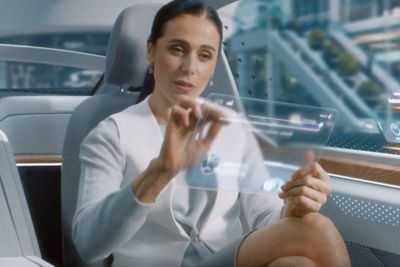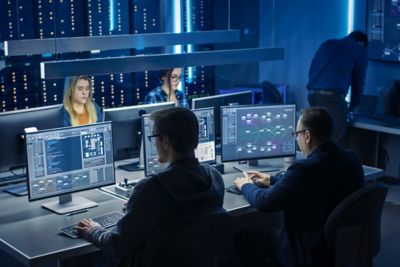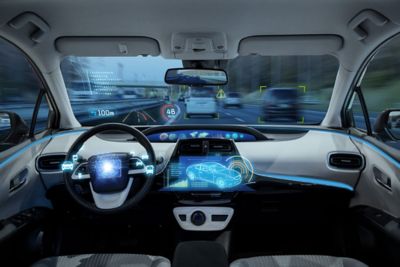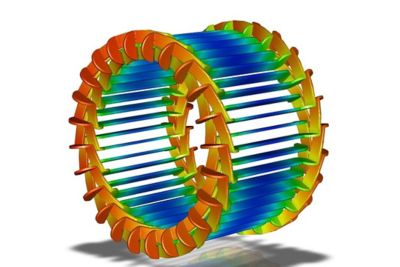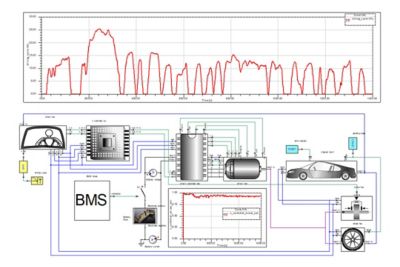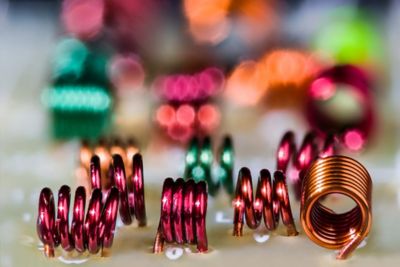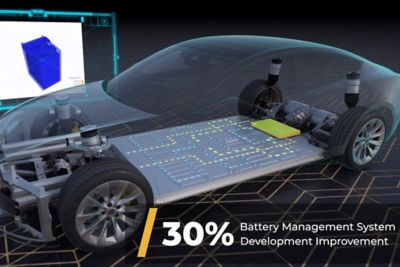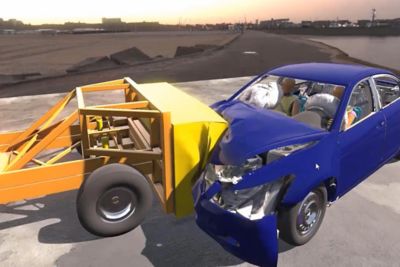커넥티드 모빌리티 경험
Ansys 5G 시뮬레이션 솔루션은 5G 통신 기술을 정확하게 시뮬레이션 할 수 있는 전자기학, 반도체, 전자 냉각 및 기계 해석 툴을 제공합니다.
차세대 엔지니어에게 힘을 실어주는 Ansys
학생들은 세계적 수준의 시뮬레이션 소프트웨어를 무료로 이용할 수 있습니다.
미래를 설계하기
시뮬레이션이 다음 혁신을 어떻게 지원할 수 있는지 알아보려면 Ansys와 연결하십시오.
차세대 시뮬레이션 및 엔지니어링 툴로 미래의 운송 및 모빌리티 경험을 제공할 수 있도록 신속하게 혁신하십시오.
우리는 자동차 산업을 혁신할 다양한 기술과 메가트렌드의 융합으로 역사상 가장 큰 기술 혁신의 정점에 서 있습니다. 혁신적인 모빌리티 및 운송 경험을 제공하기 위해 자동차 산업은 파격적인 기술을 개발하고 그 어느 때보다 빠르게 시장에 진출하기 위해 기하급수적인 속도로 혁신해야 합니다.
Ansys 솔루션을 사용하여 제품 수명 주기 전반에 걸쳐 매우 복잡한 제품의 디지털 트윈을 시뮬레이션하면 자동차 업계는 안전성과 성능을 향상시키면서 1000배 더 빠른 혁신을 달성할 수 있습니다.
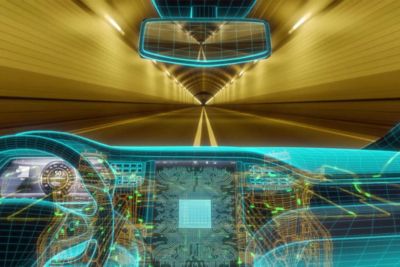
전기 자동차
Ansys 시뮬레이션 솔루션은 구성 요소 및 시스템 수준 모두에서 전기 및 하이브리드 자동차의 신속한 혁신을 지원합니다. 주요 응용 분야에는 배터리 및 배터리 관리 시스템, 연료 전지, 전력 전자 장치, 전기 모터 및 통합 전동 파워트레인 시스템이 포함됩니다.
차량 엔지니어링
Ansys는 차량 기술의 세부 엔지니어링 요구 사항에 맞는 가장 정확한 시뮬레이션 기능을 제공합니다. 이러한 솔루션은 완전히 통합된 구조, 충돌, 유체, 열, 전자기, 전자, 반도체, 소프트웨어 및 시스템 시뮬레이션 도구를 사용하여 차량 시스템을 종합적으로 시뮬레이션할 수 있도록 지원합니다.
ADAS 및 자율 주행 차량
설계 및 검증을 통한 안전성을 지원합니다. Ansys는 자율 주행 차량 및 고급 운전자 지원 시스템을 시뮬레이션하기 위한 광범위하고 심층적인 기능을 제공합니다. 당사의 소프트웨어는 ISO26262 및 AUTOSAR를 준수한 임베디드 소프트웨어 및 인간-기계 인터페이스 개발에 대한 충실도가 높은 물리 기반 센서 모델링에 활용할 수 있습니다.
안전 엔지니어링
Ansys 안전 분석 및 임베디드 소프트웨어 솔루션은 ISO26262 및 AUTOSAR와 같은 자동차 산업의 요구 사항 및 표준을 충족하도록 특별히 개발되었습니다. 이를 통해 엔지니어는 기존 수작업 방식보다 두 배 빠른 속도와 획기적으로 낮은 비용으로 업계에서 요구하는 안전 표준을 충족할 수 있습니다.
Ansys 5G 시뮬레이션 솔루션은 5G 통신 기술을 정확하게 시뮬레이션 할 수 있는 전자기학, 반도체, 전자 냉각 및 기계 해석 툴을 제공합니다.
Lorem Ipsum has been the industry's standard dummy text ever since the 1500s, when an unknown printer took a galley of type and scrambled it to make a type specimen book. It has survived not only five centuries
선도적인 자동차 제조업체는 Ansys 시뮬레이션을 선택하여 1세대 자율 주행 차량을 개발합니다.

전문가들은 2030년까지 판매되는 차량의 45%가 고도로 자동화될 것으로 예상하고 있습니다. 이렇게 되면 자율주행차는 교통량 감소, 배기가스 배출량 감소 등 많은 이점을 가져다 줄 것입니다.
물론 여전히 극복해야 할 큰 장벽이 있습니다. 엔지니어는 비용을 제한하고 안전 및 성능을 극대화하면서 보다 복잡한 차량을 제공해야 합니다. Ansys 시뮬레이션 도구는 이러한 차량을 빠르고 신뢰할 수 있는 방식으로 설계 및 검증하기 위한 간소화된 접근 방식을 제공합니다. 이 전자책에서는 BMW 및 SKODA Auto와 같은 주요 기업이 자율성 시스템의 시뮬레이션을 통해 어떤 이점을 얻는지 확인할 수 있습니다.
Lorem Ipsum has been the industry's standard dummy text ever since the 1500s, when an unknown printer took a galley of type and scrambled it to make a type specimen book. It has survived not only five centuries
자율성이 일반화됨에 따라 차량의 설계 및 검증이 더욱 복잡해지고 있습니다. Ansys는 엔지니어가 이러한 새로운 장벽을 극복할 수 있도록 다양한 시뮬레이션 도구를 제공합니다. 이러한 시뮬레이션 방법은 수많은 주요 자동차 제조업체에서 비용을 절감하고 제품을 더 빠르게 출시할 수 있는 증명된 방법으로 광범위하게 검증되었습니다.
이러한 자동차 및 운송 웨비나에서는 모빌리티 업계에서 Ansys 시뮬레이션 기술을 바탕으로 혁신하고 경쟁력을 높이는 방법을 살펴봅니다.
엔지니어링 과제에 직면하고 있다면우리 팀이 도와드리겠습니다. 풍부한 경험과 혁신에 대한 헌신을 가지고 있는 우리에게 연락해 주십시오. 협력을 통해 엔지니어링 문제를 성장과 성공의 기회로 바꾸십시오. 지금 문의하기
